Blog
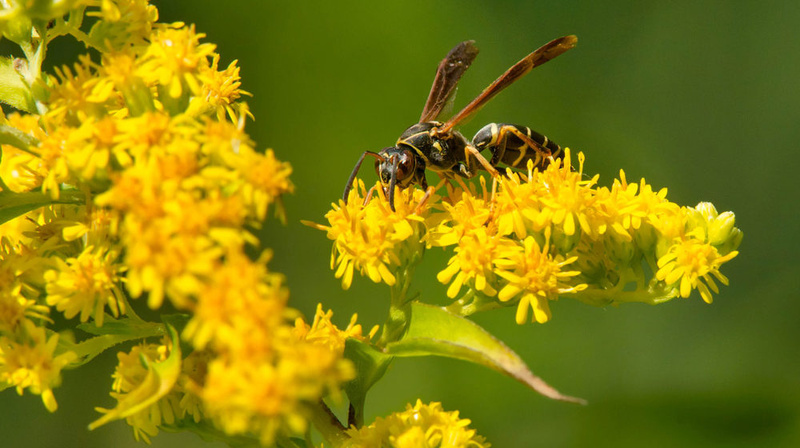
Watch for Florida Spring Pests
Spring invites many Florida insects to resume their activity after a long and dormant winter. Are you ready? Know which pests to expect and the steps you can take to control them this season to better protect your family and property.
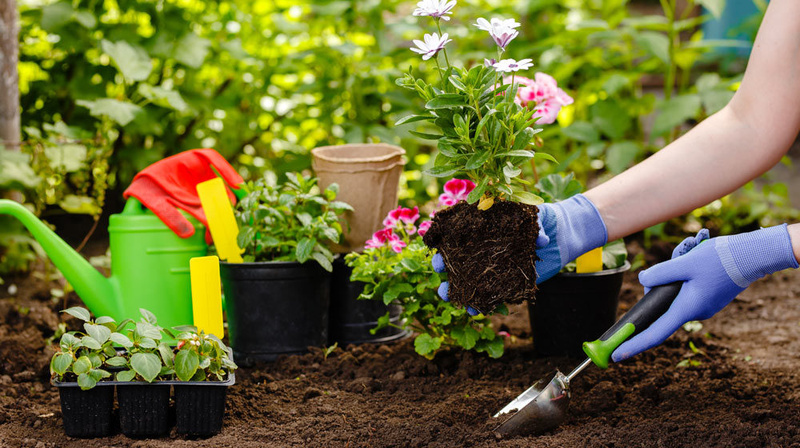
8 Ways to Prep Landscapes for Spring
Spring arrives this month. Are you ready? Prepare for the new landscaping season by servicing your lawn equipment, inspecting your irrigation system, weeding, laying new mulch, pruning ornamentals, and caring for turfgrass by dethatching and applying a pre-emergent herbicide.
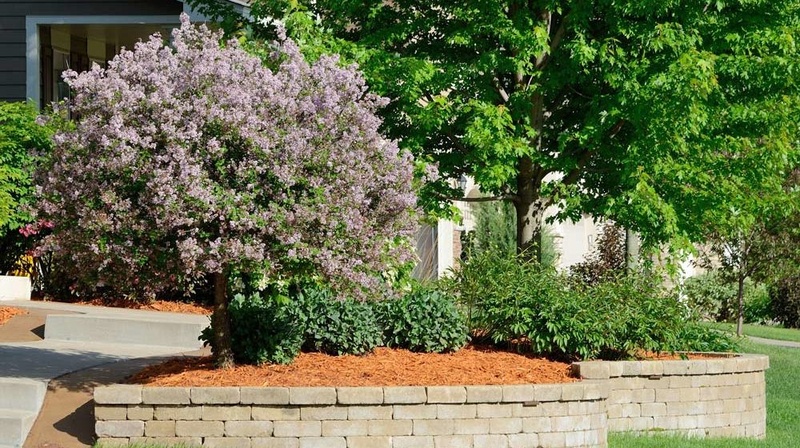
Conditions are Different in a Microclimate
Microclimates are small areas with weather conditions that are different from those of the surrounding areas. Locating each of the microclimates on a property allows a homeowner to either choose plants that will thrive there or control environmental factors and change the microclimate.
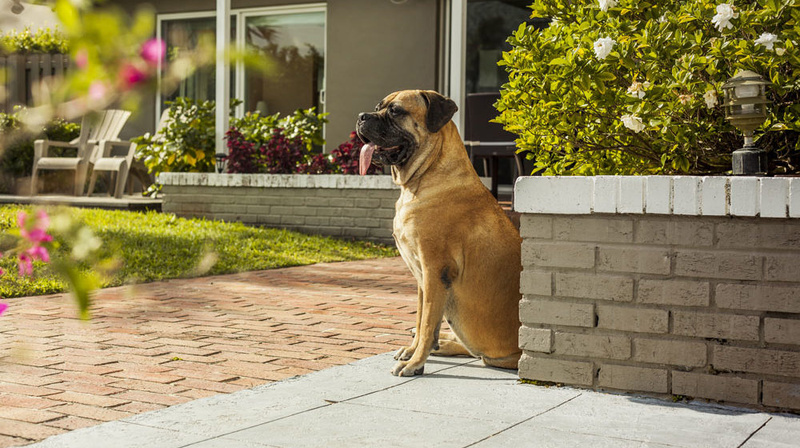
How to Make Your Yard Pet-Friendly
Do you have a pet? Make sure your property is a secure and comfortable place for it—provide areas for running, patrolling, and going to the bathroom. Be aware of the many plants that are toxic to animals and stick with the plants that are safe.
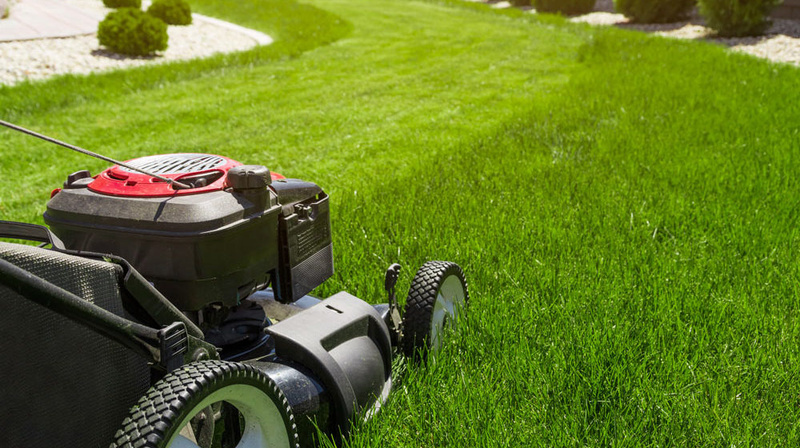
4 Steps to a Level Lawn
When an established lawn is no longer level and smooth, it may be time for a little renovation. The task at hand is to apply layers of top-dressing mix and raise low areas of soil to the same height as surrounding areas.
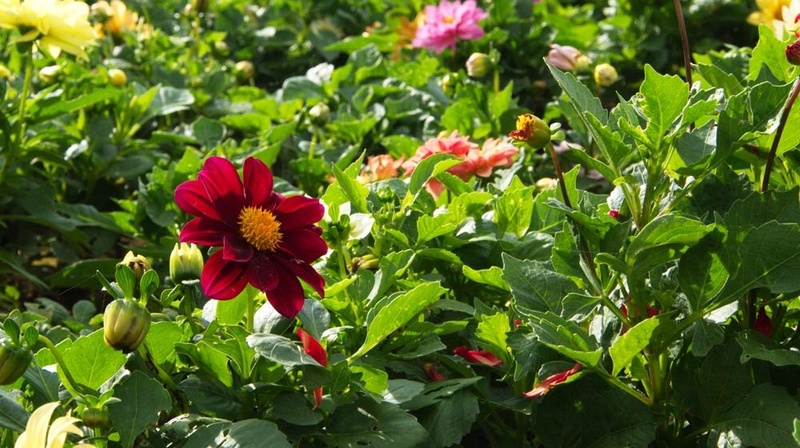
How to Grow a Cutting Garden
Cutting gardens are more than just beautiful features in a landscape. They yield flowers of intentional types and heights, cultivated specifically to cut and use in flower arrangements. Follow our suggestions for Florida-friendly flowers to plant in your cutting garden.

Repurpose Your Live Christmas Tree
Over 30 million live Christmas trees will go into landfills at the end of December unless instead they are repurposed and used in landscaping. Consider turning your tree into mulch or pine straw or firewood or a trellis or an aquatic refuge.
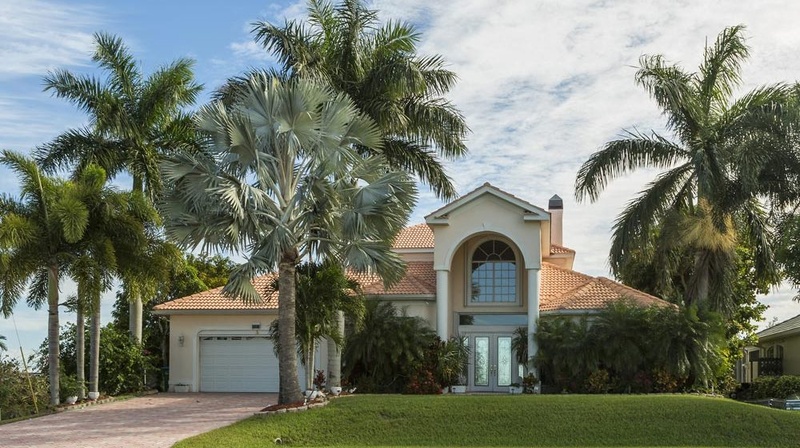
Plant a Palm
Palm trees add a wonderful tropical vibe to any landscaping. Use short, wide palms as privacy screens, understory plantings, or in big pots by the pool. Plant tall palms as single specimen plants, landscape bed anchors, or processionals down long driveways.
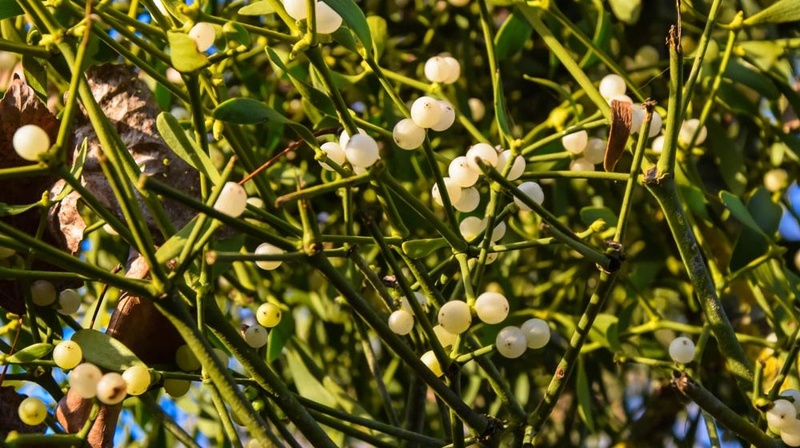
December Lawn and Tree Tasks
December, with its cool temperatures and largely rain-free days, is a great time for Florida gardeners and homeowners to get landscaping projects done. Transplant a tree. Remove mistletoe. Plant winter grass. Don’t forget to water lawn turf and monitor for brown patch fungus!
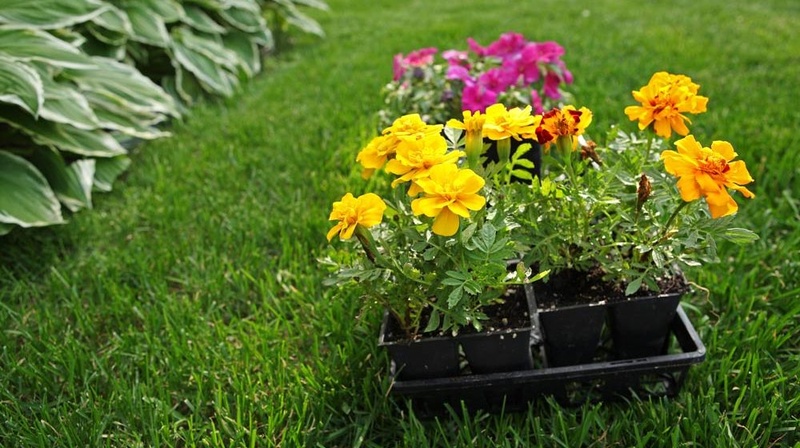
Plant Terms You Should Know
Do you know your plant words? Check out our list. You’ve no doubt heard some of these words, like annuals and deciduous. Others are a little more obscure (palmates and noxious weeds). Ever heard of an end-of-the-hose plant? That’s on the list too.